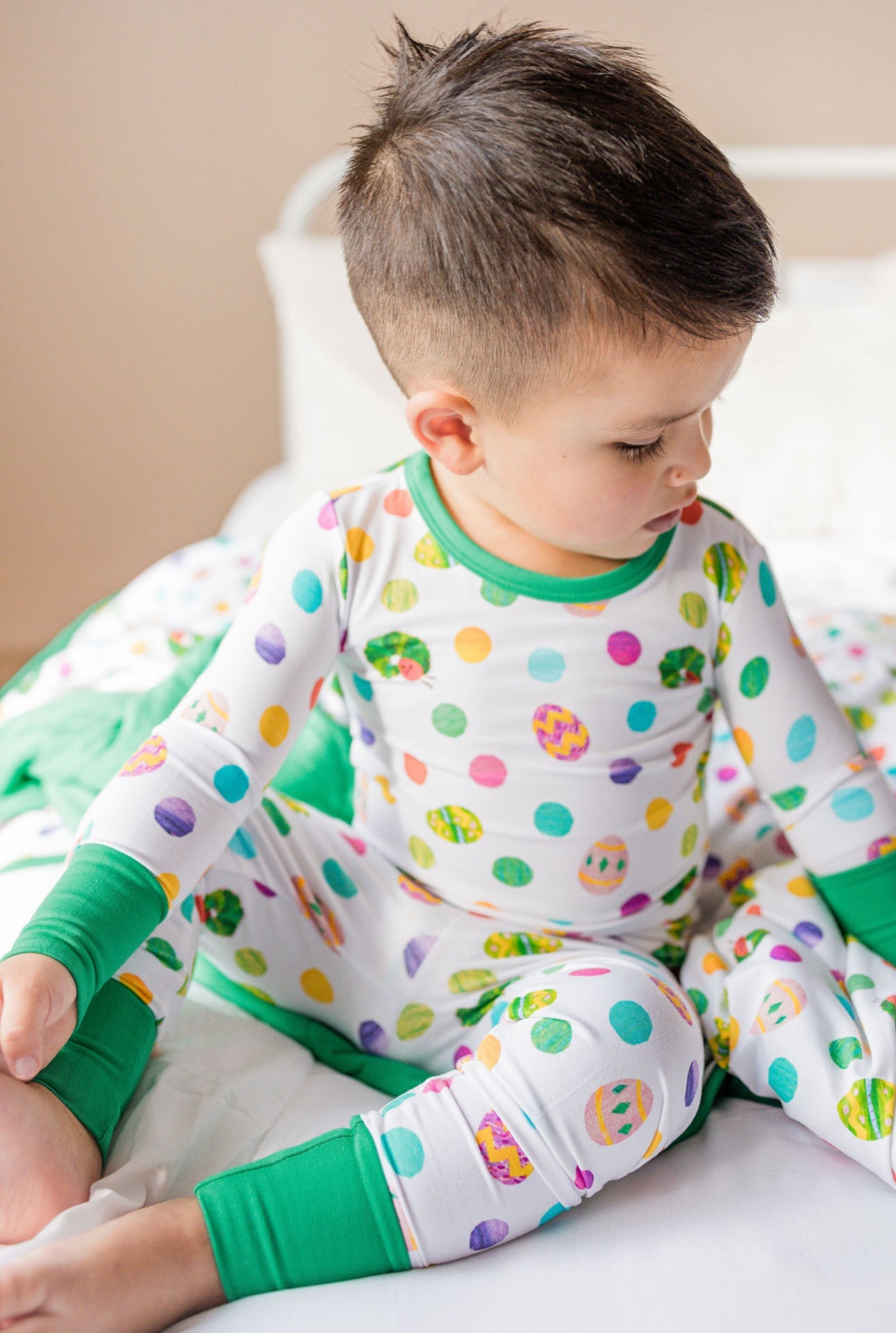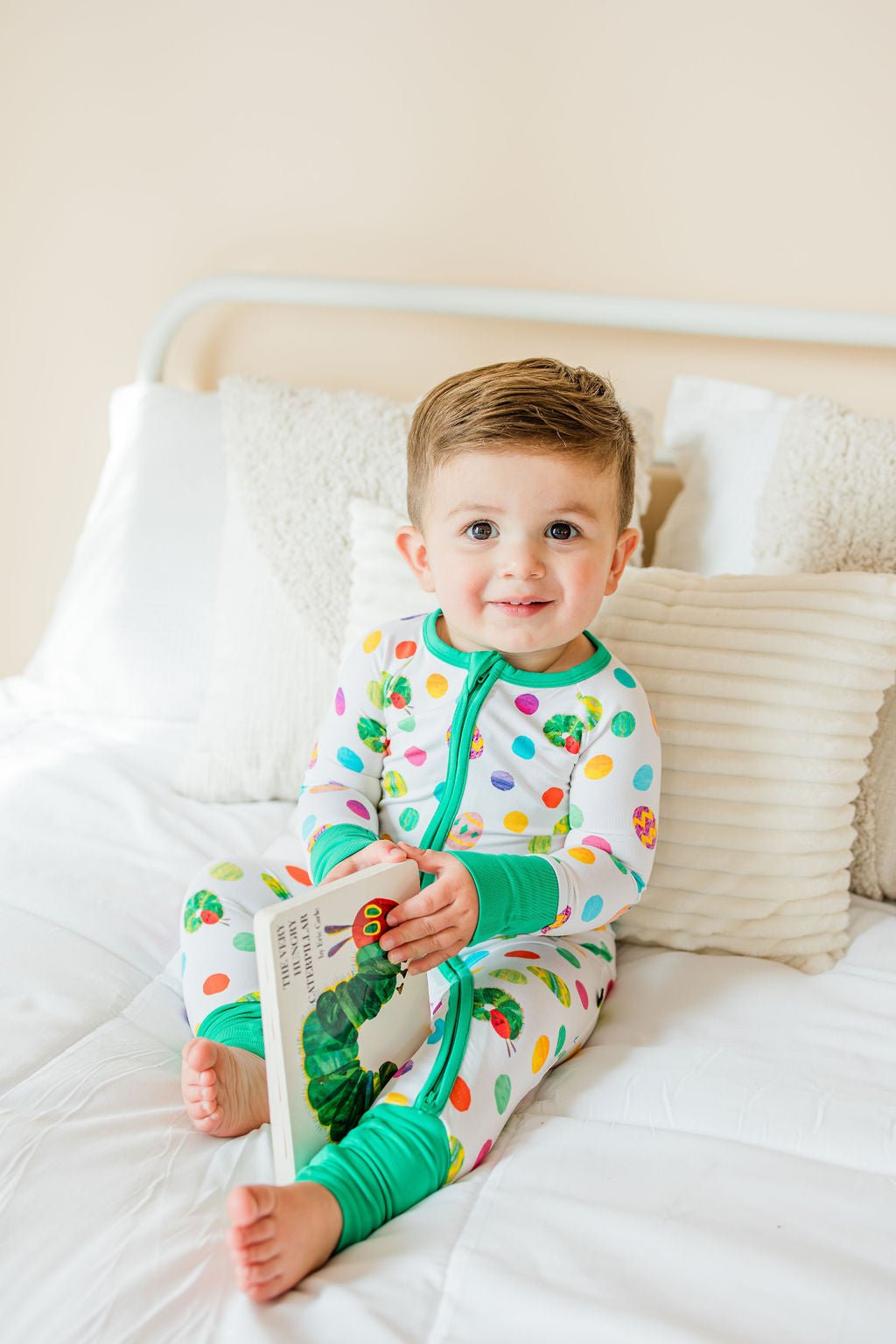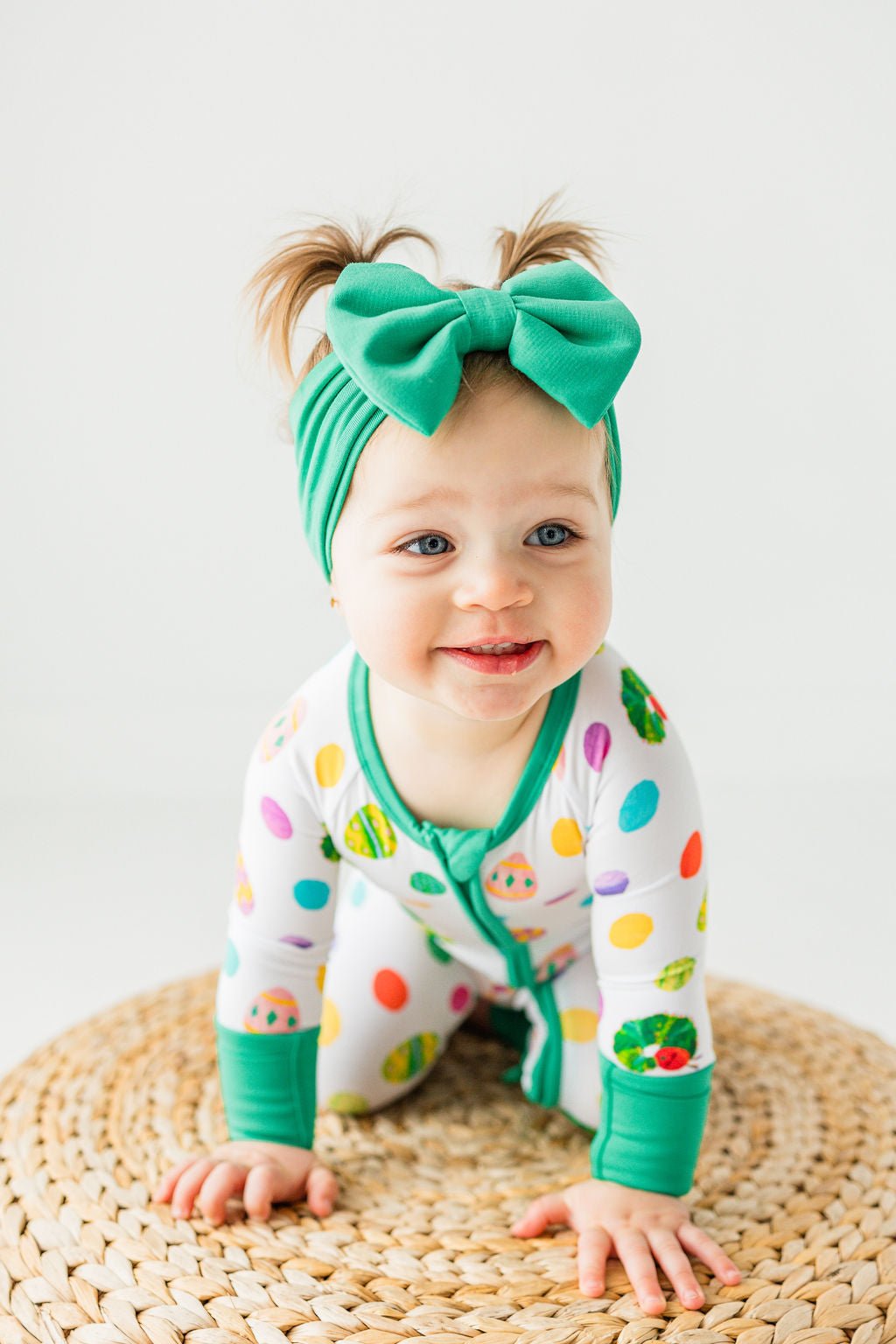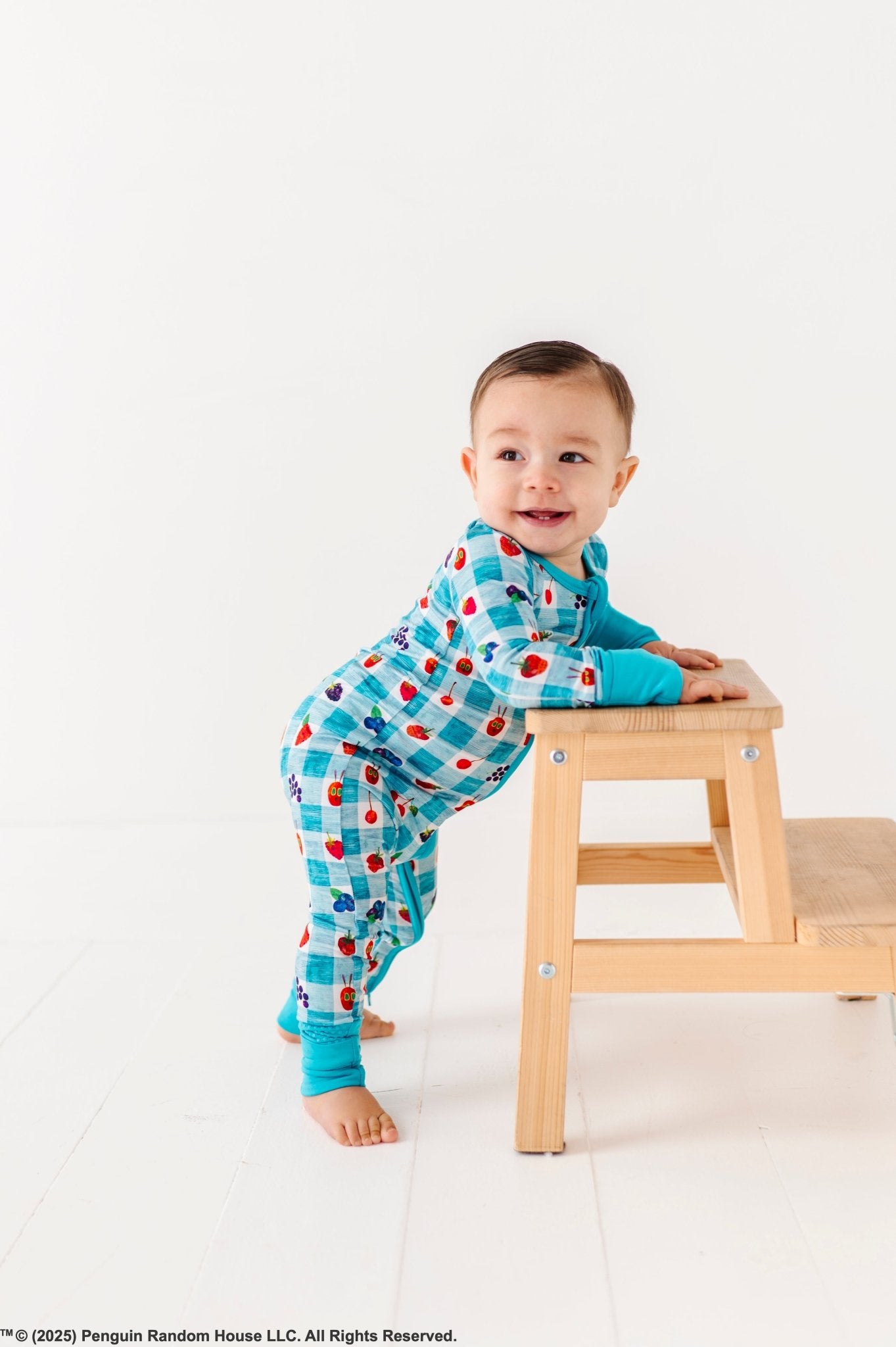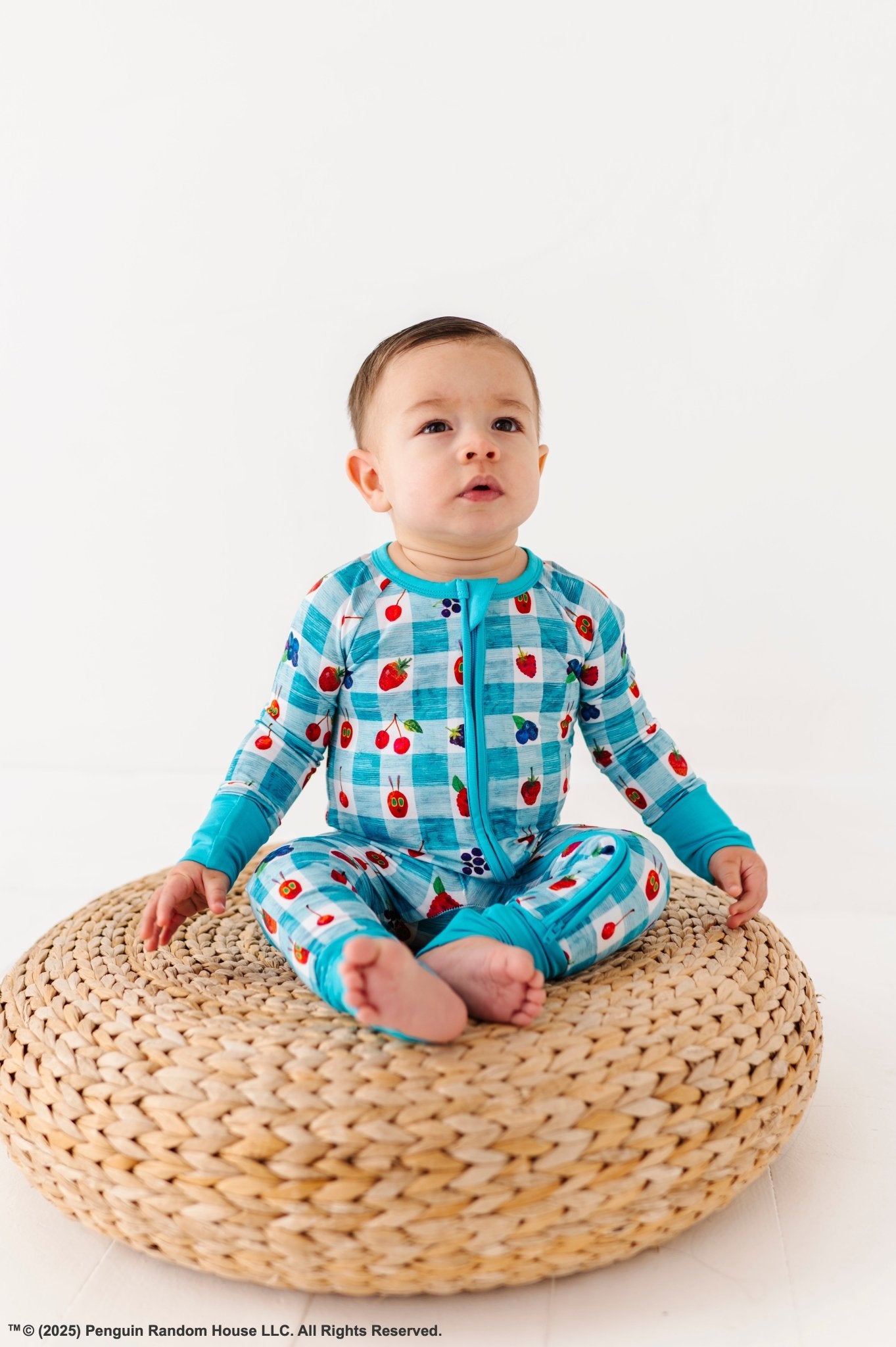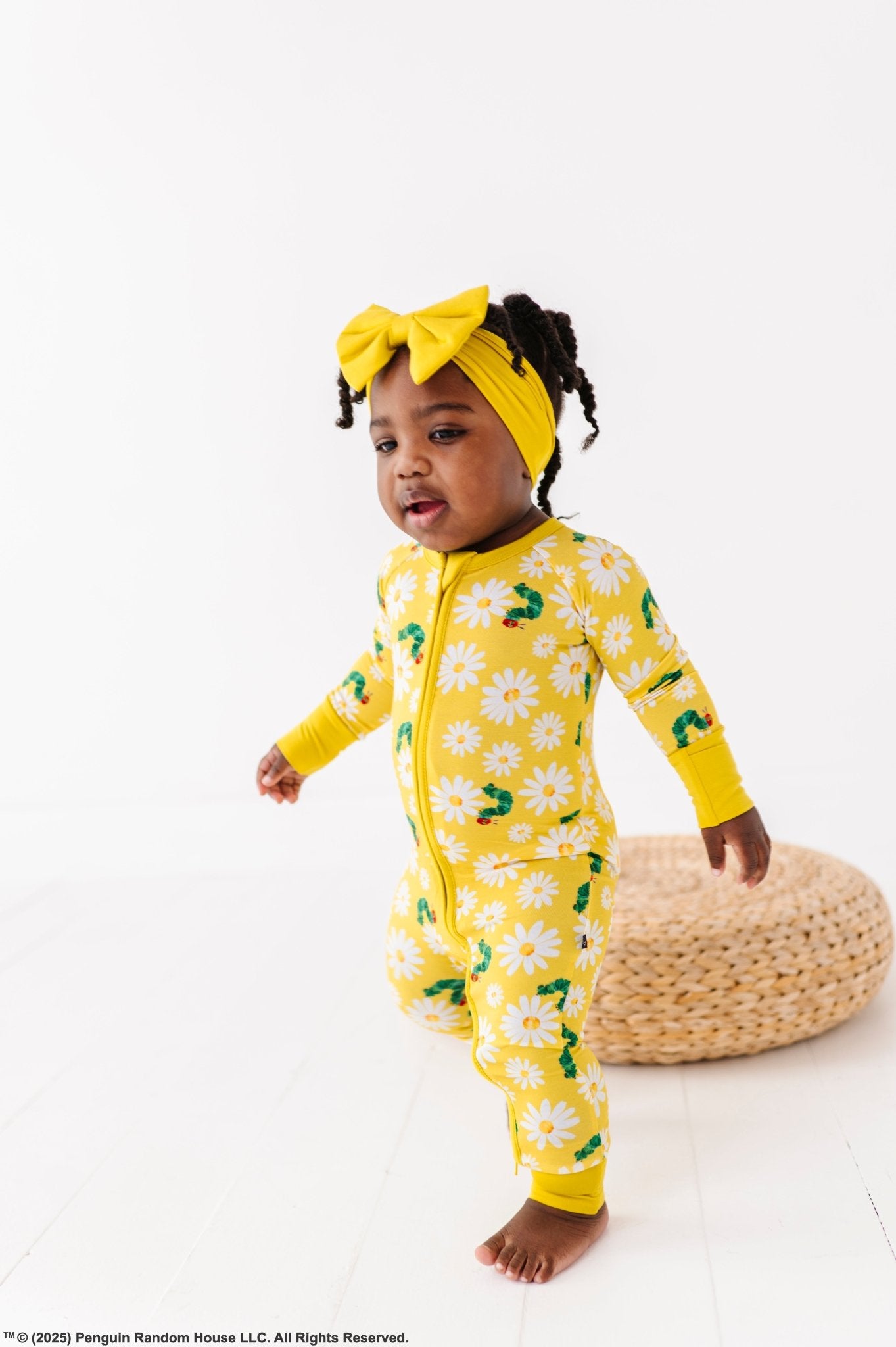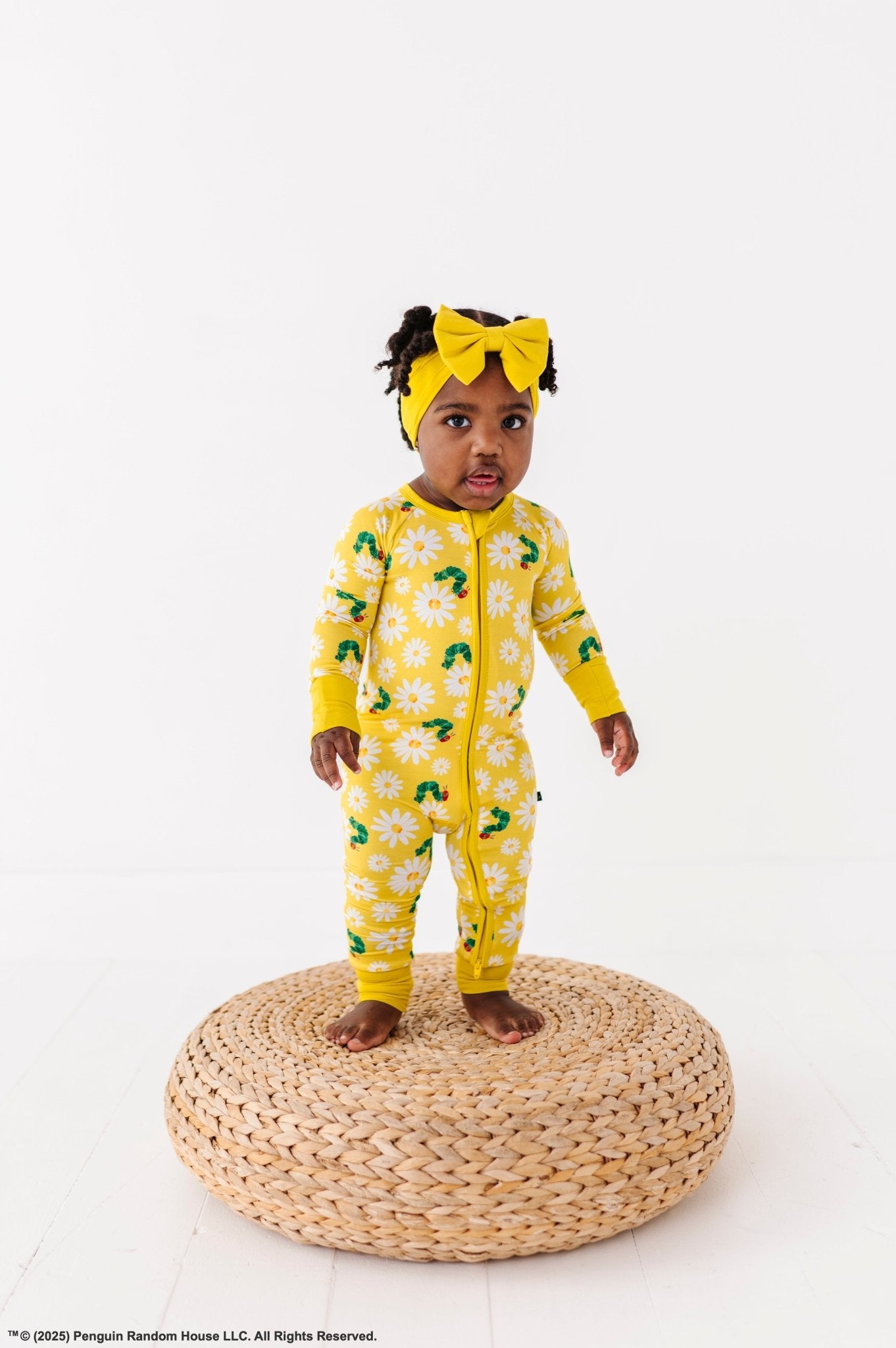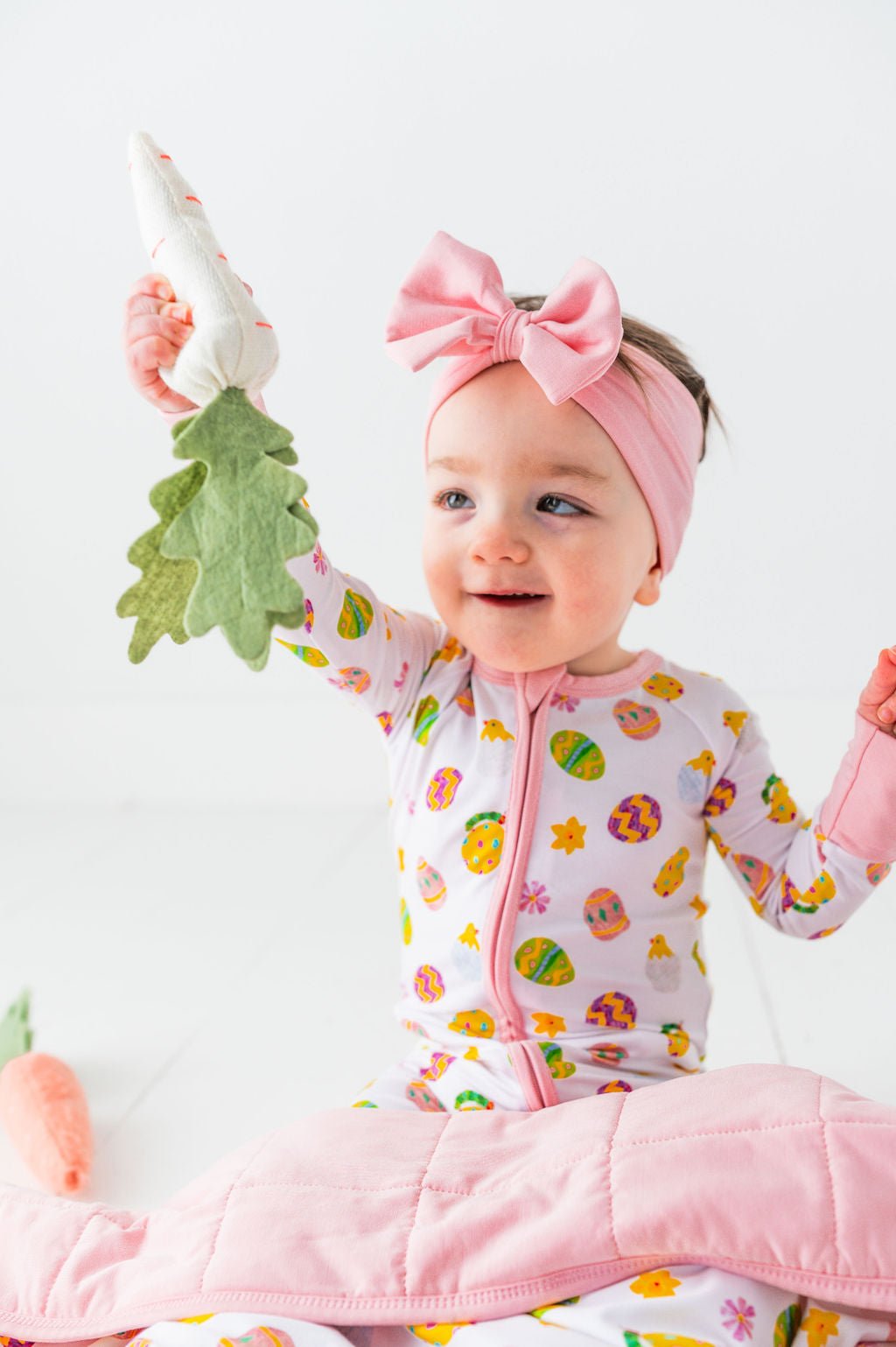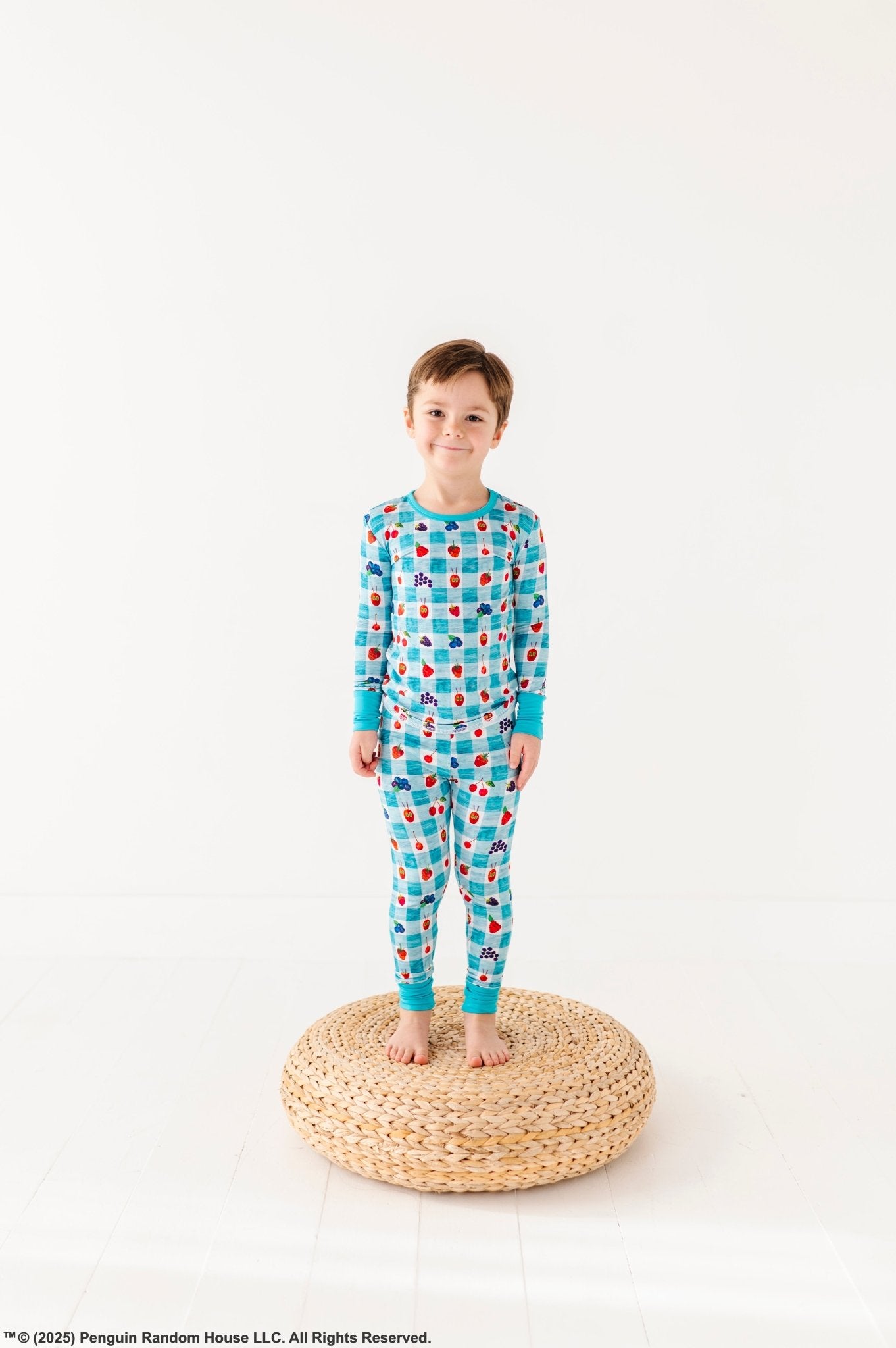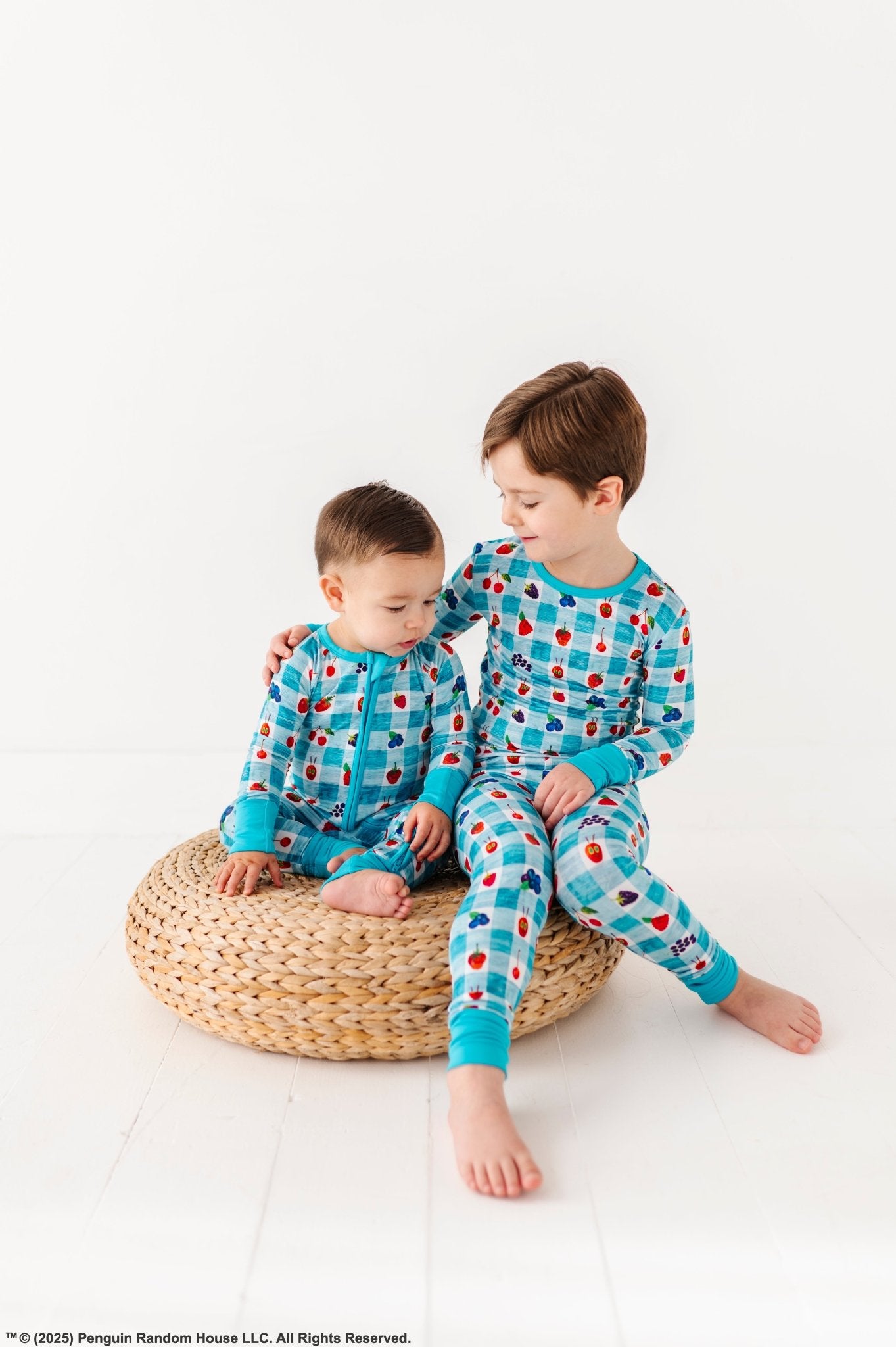Flame-retardant fabrics ensure that babies are protected in case of any fire incidences. Flame-resistant pajamas and sleepwear, although they won’t let them escape the fire themselves due to their age, can ensure that they have certain minutes more if a fire occurs at home. Even small flames from a candle, fireplace, or electrical malfunction pose severe risks of flame to an infant's delicate skin and airways. Flame retardant materials have been shown to burn more slowly, allowing caregivers more opportunity for rescue before any burns or smoke inhalation can occur. This is to protect children from burns.
Regulations for children's sleepwear have evolved over the decades to balance fire safety and health. In the early 1970s, some tragic house fires required that baby clothes resist burns from small flames or lit cigarettes. Later tests got tougher as chemicals made fabrics burn out faster and caused them to catch fire more easily. While these steps shielded tots from flames, concerns grew that certain fire retardant chemicals could harm growing bodies. Science linked some to development issues. Today’s rules on chemicals are more rigid, but the flame blockage requirement is still in force, with manufacturers seeking ways to safely wrap the little ones in warmth and safety while they are most susceptible during their sleep.
What Does Flame Retardant Mean?
Flame-retardants are products incorporated into materials to minimize the extent of fire or delay its propagation, but some fabrics can easily catch fire if not treated properly. The aim is to avoid burns, which can be achieved by ensuring that fabrics or materials do not ignite easily and flash burn. Flame-retardants are applied to fabrics that have a higher degree of flammability, including upholstery fabrics, curtains, industrial attire, and items like mattresses. This helps meet fire safety standards and codes.
How Fabric Treated with Flame Retardant Works:
Flame-retardants work by interrupting or slowing down the chemical reactions in the fire triangle - a fire needs heat, fuel (the fabric), and an oxidation agent (usually oxygen in the air). Ordinary flame-retardant chemicals react with or coat the fabric to inhibit these chemical reactions from occurring. Halogen-containing compounds and phosphorus-based compounds are frequently used. Halogenated compounds release free radicals when heated, which interrupts the combustion process. Phosphorus forms a protective layer that isolates the fabric from oxygen in the air, which is necessary for combustion. The chemicals may char or ablate (erode) the fabric's surface to form a protective layer that insulates the inner fabric from heat while diluting gases that could ignite, ensuring safety against contact with a small flame.
The History Behind Flame Retardant Regulations for Baby Clothes

Flame-retardant fabrics became widely used for baby clothing in the 1970s after tragic house fires led to new safety standards. Initial rules in 1973 required clothing to pass tests against cigarettes and small flames. Stricter Standards 1977 mandated self-extinguishing in 2 seconds or less, increasing chemical usage. By the 1980s, major brands uniformly used fire retardant chemicals like PBDEs, which raised safety concerns. However, later research linked some chemicals to developmental, thyroid, and cancer risks, leading to their classification as hazardous. Regulations aim to find the right balance of protecting babies in fires without subjecting their developing bodies to toxic flame substances as manufacturers explore cleaner alternative technologies.
Why Are Baby Clothes Flame Retardant?
Any fire poses grave dangers, especially for children, so smoke alarms and increased fire safety measures are crucial. Their smaller size leaves less time to escape, and they may not understand fire safety as well as adults. Once afire, the clothing can spread the fire quickly to the child's skin and airways. Smoldering fabrics release toxic gases that can overcome small lungs before a flame starts. Flame retardant fabrics help address these risks. Chemical treatments or intrinsic fiber properties slow or stop ignition and reduce the spread of flames. This extra time gives caregivers more opportunity for safe evacuation or putting out small fires before serious harm occurs. It can mean the difference between a few scared moments versus life-changing burns or worse.
Regulatory requirements have aimed to increase child safety through mandatory flame resistance standards for children's clothing. Federal guidelines set by the Consumer Product Safety Commission (CPSC) mandate that Children’s Sleepwear sizes ranging from nine months to size 6X should meet the 16 CFR Part 1615 flame resistance standard. This means that the fabric cannot catch fire or burn at a rate of 100 millimeters per minute when exposed to naked flame and, therefore, is fire-resistant. Individual states may also have additional or stricter standards beyond the federal level. For example, some states expanded the CPSC size range downward to include smaller infant sizes. Ongoing research also leads to revisions as new technologies emerge. All regulations aim to help parents by mandating scientifically proven protections for kids against the ever-present risks of fire and burns.
Understanding the Yellow Flame Retardant Tag
The yellow tag is there for an important safety reason. All children's pajamas sold in the United States must pass certain flame resistance tests set by federal law, which require that children’s sleepwear must be safe. Burns can happen accidentally, especially at night when people are sleeping.
The tag provides key information about how the garment was tested and manufactured to help reduce flammability risks, particularly for PJs. Here's what you will typically find on it:
- Fibre Content: This lists the materials the pajamas are made from, such as cotton or polyester. Knowing the fiber content helps identify how it may burn, particularly if they are treated with chemicals that cause it to catch fire.
- Size: The tag will indicate if it meets safety standards for the listed child size, such as six months, 18 months, etc. This ensures the right level of protection for a child's size and that their pjs must be flame-resistant.
- Care Instructions: The tag instructs owners to follow laundry directions to maintain the pajamas' protective features. Over time, washing may remove flame retardant treatments, making the fabric more likely to catch on fire.
- Standards & Tests: It lists the specific safety tests the pajamas passed, like the 16 CFR standard. This proves a recognized consumer product safety procedure properly tested the flammability.
Pros and Cons of Flame Retardant Baby Clothes,
Here are the key pros and cons:
Benefits
- Peace of mind for parents: Knowing their baby's sleepwear is treated with fire retardants gives many parents an extra sense of reassurance and security regarding fire safety standards have made significant progress. It reduces some of the worry about fire hazards.
- Meets legal safety standards: Clothing treated with flame retardants passes required flammability testing set by public safety regulations. This provides objective assurance that the sleepwear meets benchmark levels of fire resistance.
- An extra layer of protection: Even if other safety procedures like smoke detectors are followed properly, flame retardants offer another protective layer that can slow the spread of fire and buy critical extra seconds of escape time in a fire event.
Concerns
- Potential chemical exposure: Babies mouthing their clothes are likely ingesting trace amounts of flame-retardant chemicals. Some studies link these to developmental and neurological effects. However, research is still ongoing.
- Debate over effectiveness: Some fire safety experts question how much the chemicals enhance safety versus releasing toxic gasses in a fire. The protection depends on maintenance through proper laundering.
- Potential over-reliance: Flame retardants can give parents a false sense of security instead of focusing on more important safety steps like smoke alarms and vigilance.
Are All Baby Clothes Flame Retardant?
No, not all baby clothes are flame-retardant, and some may be made from fabric that would ignite easily.
Differences Between Various Baby Clothes
Here are some key differences between various types of baby clothes:
- Flame Retardant Clothes: Typically, they have a yellow tag indicating they passed certain flame resistance tests. They are treated with chemical flame retardants meant to slow or reduce flammability. The main purpose is fire safety, ensuring that products are likely to catch fire only under extreme conditions. They are designed to burn more slowly if exposed to fire. They may have potential drawbacks, like chemical exposure concerns. They are often required by law to wear sleepwear like pajamas.
- Snug-Fitting Clothes: They tend to be form-fitting with no loose fabric or dangling parts, plus they fit snugly. The goal is to prevent entanglement and reduce the risk of being caught in cribs, toys, etc. They are typically still made of natural fabrics. The main purpose is to keep the baby safe from accidental strangulation or entanglement, and rules require that children’s sleepwear “must be snug fitting.” Fire safety is not the primary concern.
- Regular Clothes: There is no special snug fit or flame retardant treatment. It is made from various fabrics like cotton, polyester, wool, and even rayon fabric that would ignite if not treated properly. It is standard daywear with the potential for looser or baggy areas, depending on the garment. There are no specific safety features. Parents should focus on general precautions. The goal is comfort, style, and age-appropriateness rather than enhanced safety.
When Flame Retardant is Required
- Sleepwear: All onesies' pajamas, gowns, nightgowns, and other sleepwear for children size nine months and below must be flame resistant. This includes any garment meant to be worn for sleeping.
- Outerwear: Any children's jacket, overcoat, car coat, blazer, clothing accessory, or article of outdoor wear must have flame-resistant properties if the item's size is nine months or younger.
- Bibs: Multi-piece children's sleepwear sets that include a bib are held to the same flame retardant standards as sleepwear when the intended child age on the care label is nine months or younger.
- Hospital Gowns: Gowns intended for infant crib/bassinet use in medical settings like hospitals must meet flame retardancy requirements for babies.
- Daycare Center Items: Crib sheets and other cloth furnishings used while children sleep at childcare centers are also regulated for flame resistance.
How to Choose the Safest Baby Clothes: Pajamas
Here are some tips for choosing safe baby clothes:
Look for flame-resistant fabrics that comply with standards for children's sleepwear. Many baby clothes are labeled as FR (flame resistant), which means they meet certain fire safety standards.
Avoid onesies or pajamas with strings or ties. These pose a strangulation risk if the baby pulls them loose. Look for snap or zipper closures instead.
Choose loose, breathable fabrics like cotton pajamas for better comfort and safety. Avoid thick materials like fleece, which could overheat the baby. Lightweight cotton is a good choice for children’s pajamas and a number of other clothing items.
Choose your baby's size carefully. Don't wear clothing that is too big as the baby could get tangled or pull items over their face; garments should fit snugly to ensure safety.
Avoid hoods on sleepwear. These can accidentally cover a baby's face if they roll over.
Scrutinize clothes for recalls. To stay informed about any recalled items, sign up for CPSC alerts.
Follow sleep guidelines. Don't overburden or use thick blankets, which could cause overheating. The safest sleep environment is a bare crib.
Maintaining the Safety of Flame Retardant Clothing
Here are some guidelines for properly caring for and maintaining the flame-resistant effectiveness of baby clothes:
Proper Care Instructions for Fabric with Flame Retardant Chemicals
If recommended on the care tag, wash in hot water (140°F/60°C or higher). The heat sets the flame retardant treatment.
Use a gentle baby or fragrance-free laundry detergent without dyes, brighteners, or enzymes that may degrade flame retardancy.
Tumble dry on the highest heat setting to ensure flame retardant chemicals bond well to the fabric.
Avoid mixing pre-treated items with untreated loads, as heat and moisture from washing and drying can cause treatments to transfer.
Check for fading over time. Faded fabrics may need to be re-treated for effective flame resistance. Consult the manufacturer if needed.
Dry clean only if specified, as dry cleaning preserves fire retardant chemicals better than home washing.
Store in a dry, ventilated area away from direct sunlight, which can deteriorate some treatments.
Replace clothes as needed - usually after 1-2 years of regular washing, the protections may weaken even with proper care.
Avoiding Common Mistakes
Here are some common mistakes to avoid that could reduce the flame-resistant effectiveness of treated baby clothes, especially pjs.
Using fabric softener - Softeners coat fibers and interfere with flame-retardant chemicals.
Using the gentle/delicate cycle - This doesn't wash in hot enough water to set the chemical treatments.
Overfilling the washer prevents proper agitation for chemicals to coat fibers fully.
Washing with untreated clothes can cause fire retardant chemicals to transfer elsewhere.
Bleach use - Bleach destroys flame retardant treatments over time.
Washing too infrequently - Flame retardants deactivate faster with body oils/dirt buildup.
Line drying in direct sunlight - UV light degrades some chemical treatments rapidly.
Dry cleaning with PERC - The solvent perchloroethylene (PERC) used in standard dry cleaning is a powerful degreaser that strips away chemical treatments on contact.
Pulling garments over head - Rubbing treatments off this way reduces their effectiveness.
Sharp folds or crunching - This causes tiny breaks in treatments over fabric areas.
Debunking Myths about Flame Retardant Baby Clothes
Here are some common myths about flame retardant chemicals in baby clothes, along with facts to address concerns:
Myth: They must meet flammability standards, even though less flammable options exist, and required children’s pajamas are often designed with this in mind.
Fact: Flammability standards can be met through inherently flame-resistant fibers without added chemicals. Many other clothes do not require chemical treatment.
Myth: They significantly improve fire safety.
Fact: Studies show they may only delay ignition by seconds in an intense, uncontrolled fire. Proper fire safety, such as smoke alarms, is most important, especially in homes where children’s sleepwear must be flame resistant.
Myth: Chemical treatments are safe.
Fact: Some flame retardants are known endocrine disruptors linked to health issues. Babies can ingest treatments through hand-to-mouth contact. Safer alternatives exist.
Myth: Clothing will catch fire without flame retardants.
Fact: Most fabrics used for baby clothes, are low flammable and self-extinguish quickly. Well-made clothes pose little fire risk regardless of treatments.
Myth: I have no choices.
Fact: Alternatives to chemical-treated clothes exist, such as snug-fitting clothes, or hemp without drawstrings or embellishments.
Current Trends and Innovations in the Use of Flame Retardant Clothing
Recent innovations in flame retardant clothing focus on improved intumescent coatings and microencapsulation of chemicals. Newer intumescent formulations char and swell upon heating, forming a protective barrier but remaining flexible and breathable. Microencapsulation allows chemicals to be incorporated without compromising fabric softness while limiting exposures. Researchers also explore halogen-free alternatives like flame retardant peptides and graphene that show promise as safer replacements. Understanding these newer technologies provides insight into enhanced safety and performance.
Future of Children’s Sleepwear Safety
The children's sleepwear industry is evolving to focus on improved safety features and fabric comfort. Technologies that automatically activate protections include thermochromic fabrics alerting caregivers and phase change materials protecting the skin. Even wirelessly enabled smart fabrics triggering fire alerts are conceivable. Standardizing sizing solely by age and size rather than gender reduces fit issues. Considering breathability, softness, and durability alongside flame resistance maximizes ongoing protection. Both comfort and inherently safe qualities will define future innovations, empowering parents through integrated protections and compliance-friendly designs.
FAQs
What Makes Baby Clothes Flame Retardant?
Baby clothes are flame-retardant through chemical treatments or inherently flame-retardant fibers. Chemical treatments involve applying phosphorus, bromine, or boron to inhibit flames and enhance flame-resistant chemicals.
Are Flame Retardant Chemicals Safe for Babies?
Some flame-retardant chemicals have come under scrutiny over health concerns. Babies are especially vulnerable as their bodies are developing. Manufacturers are researching safer alternatives that protect without toxicity risks.
What Are the Alternatives to Flame-Retardant Sleepwear That Are Also Fire Resistant?
Look for sleepwear made from natural, untreated fibers like wool, alginate, and bamboo, which have innate flame resistance. Check for smart fabrics with technologies like microencapsulation, which offer protection while limiting chemical exposures and ensuring they are treated children's sleepwear.
How Do I Care for Flame-Retardant Baby Clothes To Ensure Their Safety?
Follow care instructions carefully, as repeated washing may reduce effectiveness over time. Avoid drying with heat, which can degrade treatments and reduce the effectiveness of fire-resistant fabrics. Some recommend limiting wear to 12-18 months for the best protection. Inspect regularly for damage and replace if fading or tears are visible.




